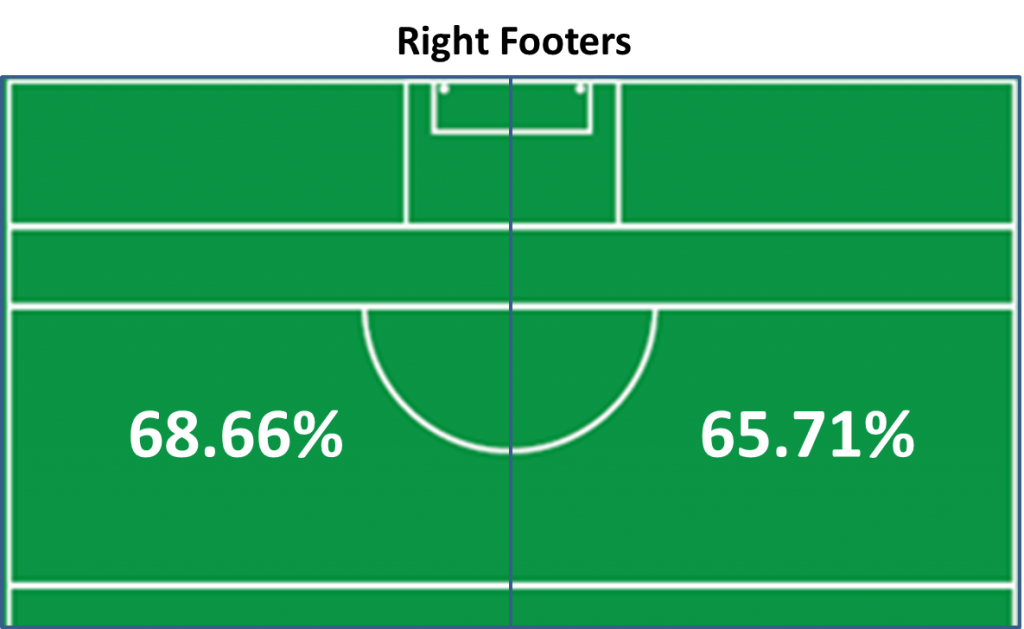What has Moneyball got to do with Gaelic Football?
For those who don’t know, Moneyball started life as a book about Baseball but in reality it has become much more than that. Now a Hollywood movie with the lead character played by Brad Pitt, essentially it is a story of how an underdog team – The Oakland A’s – used statistics to recruit players that all the other ‘big’ teams undervalued.
As the Moneyball movement spreads across the Atlantic it has caused somewhat of a revolution in sports analytics. But there is a problem – coaches, managers and some in the media just want to dismiss the use of statistics in ‘their’ game as nonsense. ‘Stats have no place in Gaelic Football’ is a common statement I hear.
Are the right?
Well… yes and no. The wrong stats will always be wrong. For example on Newstalk radio at the weekend there was a conversation on this topic. One stat that was thrown out was; Kieran McGeeney in the All Ireland Final and how he was taken off because he hadn’t touched the ball in 18 minutes. People are only too happy to use stats like this to make a point of how stats have no place in football.
This stat will never have any use in football – so what he hadn’t touched the ball? It’s the wrong stat to look at. If this is an example of how stats have no place in football then you are right. But my point is that it’s not the right thing to look at – it’s just a bit of information. There is absolutely no context applied to this. Coaches and managers using this information have to apply some game knowledge to interpret this information.
For example
- Did his man touch the ball in that 18 minutes?
- How much possession did Armagh have in that 18 minutes?
- How many possessions do you expect him to get?
- Does he need to have possession for Armagh to win?
- Does taking him off have a psychological affect on the team or opposition?
These are all elemnts that would need to applied to this tiny bit of information before it becomes in anyway useful.
Moneyball is a book about Baseball, a fairly static sport compared to Football. When it boils down to it Baseball is a contest between two players the pitcher and the hitter. Football is a contest between 15 – 20 players, with a whole host of tactics thrown in.
So as somebody who collects and analyses ‘the numbers’ in Gaelic Games, this might seem like a strange thing to write. Do I think sports analytically can be applied to football & hurling? Absolutely – but we must look at the right stats not just ones that are easy to collect or that make a great headline in the papers. There are stats that managers up and down the country are placing too much emphasis on (Kickouts) and there are important stats they are ignoring (Turnovers), to give just two examples.
Stats have a place in all sports, my point is that if we always look at the wrong stats they will always be wrong. I am only starting my journey collecting stats in Football & Hurling and who know’s what we might discover. As teams constantly look for that 1 or 2% to take them over the line who can say we won’t find some value in examining the numbers?




